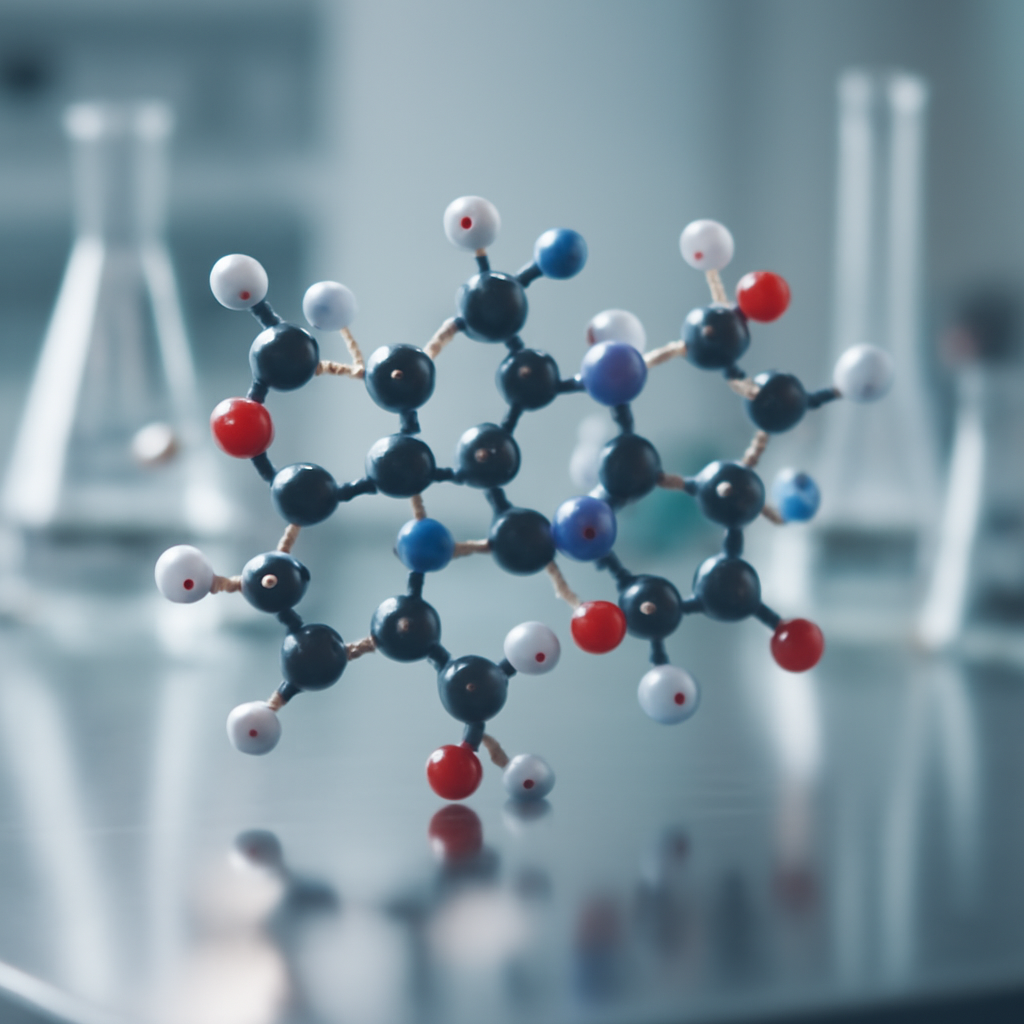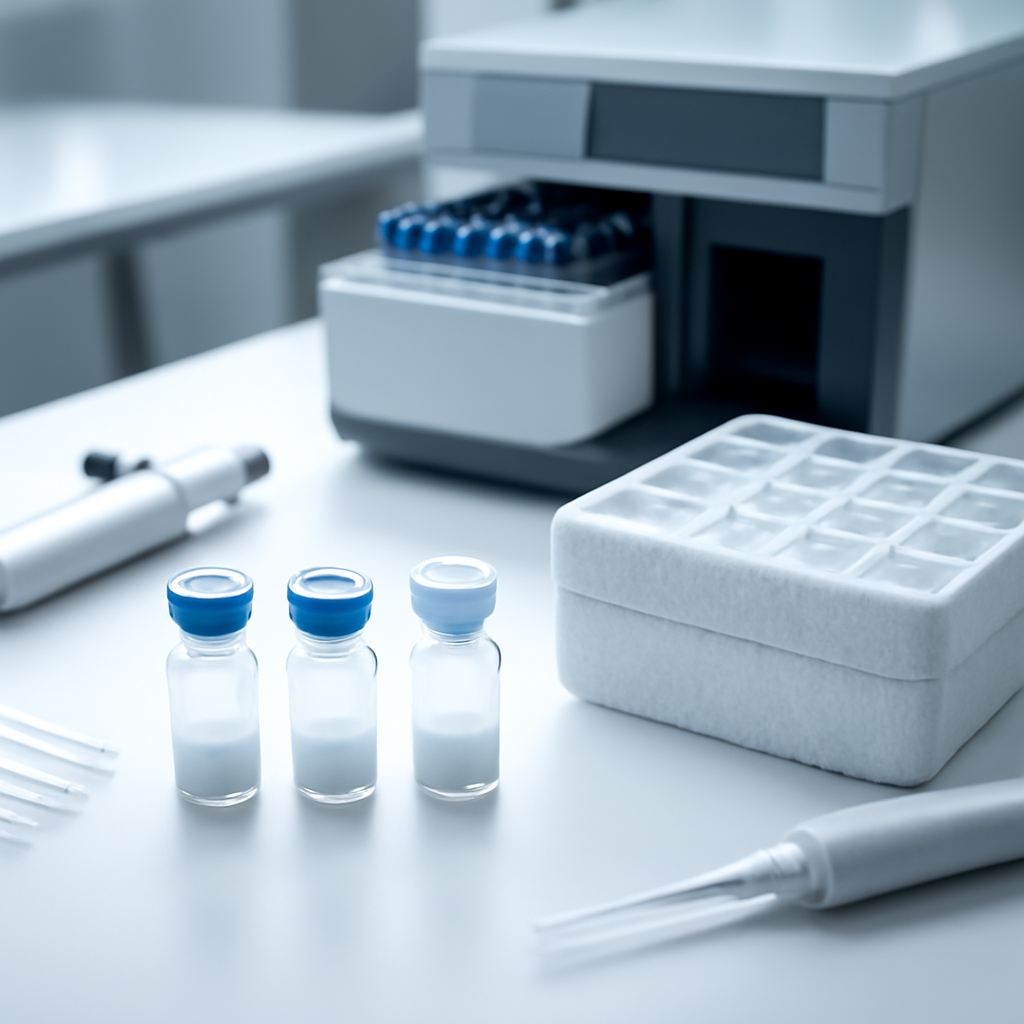Understanding the Healing Potential of Peptides in Preclinical Research
Peptides like BPC-157 and TB-500 have garnered significant attention within the scientific community for their potential roles in tissue repair and healing processes. Preclinical studies, which include in vitro experiments and animal models, provide crucial insights into the mechanisms through which these peptides may influence cellular functions. Such research lays the groundwork for understanding their molecular pathways, optimal dosing, and stability, all of which are vital for advancing therapeutic strategies in regenerative medicine and injury recovery research.
Peptide Background and Scientific Properties
BPC-157, also known as Body Protection Compound-157, is a pentadecapeptide derived from a protein found in gastric juice. It is characterized by its stability in biological environments and its ability to promote angiogenesis, fibroblast migration, and collagen synthesis. TB-500, or Thymosin Beta-4, is a naturally occurring peptide involved in actin regulation, cell migration, and wound healing. Both peptides exhibit unique properties that influence cellular pathways related to tissue repair, but they differ in their molecular structures and mechanisms of action.
Mechanisms of Action
Cellular Pathways Affected
BPC-157 is believed to modulate several signaling pathways, including the vascular endothelial growth factor (VEGF) pathway, which promotes angiogenesis essential for tissue regeneration. It also interacts with the nitric oxide system, contributing to improved blood flow and healing. TB-500 enhances cell migration through actin polymerization, facilitating the movement of fibroblasts and endothelial cells to injury sites. It also influences the expression of matrix metalloproteinases (MMPs), which remodel extracellular matrix components during healing.
Receptor Interactions
While the precise receptor interactions remain an area of ongoing research, BPC-157 exhibits activity that suggests interaction with growth factor receptors, possibly indirectly influencing receptor-mediated pathways. TB-500, on the other hand, primarily functions through its regulation of actin, a fundamental component of the cytoskeleton, affecting cell shape and motility without a specific receptor binding.
Research Use and Experimental Protocols
Preclinical studies typically utilize rodent models to assess the efficacy of these peptides in various injury paradigms. Dosing regimens vary but are often administered via subcutaneous injections, with doses ranging from 10 to 50 micrograms per kilogram depending on the model and desired outcome. Researchers observe parameters such as wound closure rate, tissue histology, and angiogenesis markers. Storage of these peptides requires refrigeration at 2-8°C to maintain stability, and they are usually dissolved in sterile water or buffer solutions prior to injection.
Comparison with Other Research Peptides
Compared to peptides like CJC-1295 or Tesamorelin, which primarily influence growth hormone release, BPC-157 and TB-500 focus on tissue-specific regeneration and repair. While CJC-1295 acts through hormonal pathways, BPC-157 and TB-500 directly modulate cellular behaviors involved in healing processes. Their molecular mechanisms are distinct, making them suitable for different research applications related to injury and recovery.
Storage, Stability, and Handling
Proper storage is essential to preserve peptide integrity. Both BPC-157 and TB-500 should be stored at refrigerated temperatures (2-8°C) and protected from light. They have a shelf life of approximately 1-2 years when stored correctly. Peptides are typically dissolved in sterile water or buffered saline solutions before use in experiments, with aliquoting recommended to prevent repeated freeze-thaw cycles that can degrade the peptides.
Conclusion
Research into peptides like BPC-157 and TB-500 continues to shed light on their potential to facilitate tissue repair at the molecular level. Their mechanisms involve modulation of angiogenesis, cell migration, and extracellular matrix remodeling, making them valuable tools in preclinical studies aimed at understanding regenerative processes. As research advances, optimizing dosing protocols, understanding molecular pathways, and establishing storage best practices will be crucial for their effective application in scientific investigations.
Disclaimer: This content is for educational and research purposes only. None of the peptides mentioned are intended for human use.


